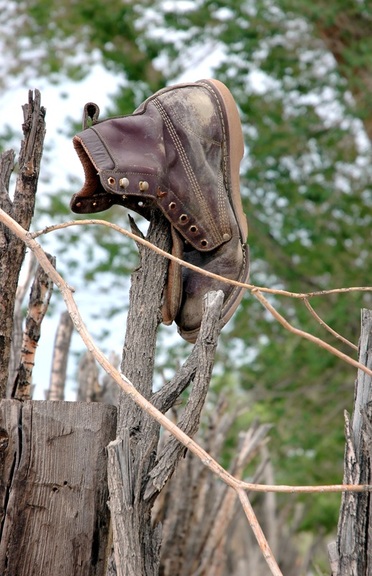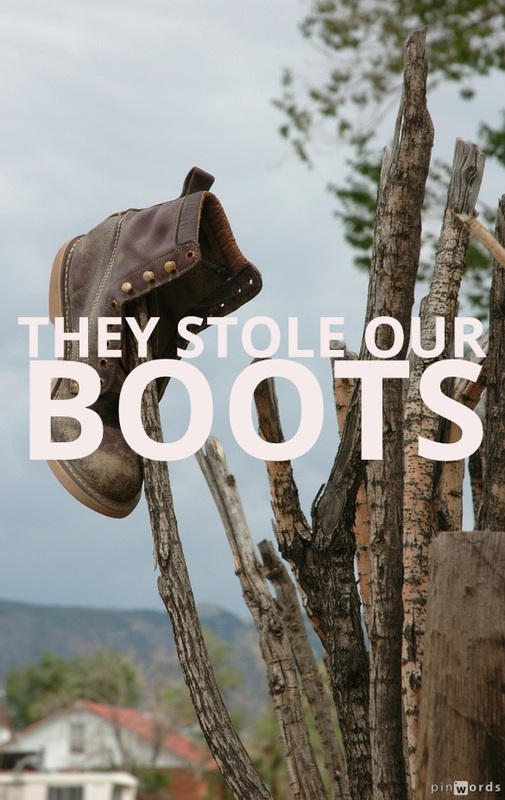they stole our boots: part 3- redlining/reverse redlining
From the Inkwell of: Bartholomew J. Worthington III

Reverse Redlining
At the beginning of the 21st century, as home prices began to appreciate rapidly, banks began to target borrowers of color with sub-prime mortgage products. Sub-prime mortgage products were often more profitable loan products that generated higher up-front fees and higher interest rates. Many of these loans featured low introductory interest rates that would reset after an introductory period. In a practice known as "steering", mortgage brokers would target Black borrowers with these higher-cost sub-prime loans, even though many qualified for less profitable conventional loans. In its study, Justice Foreclosed, the ACLU found that Black borrowers were three times more likely than white borrowers to receive sub-prime mortgages. Among high income borrowers, the disparity was even greater, with 44.1% of Blacks who earned over $100,000 annually receiving high cost loans compared to only 11% of white borrowers with similar profiles. While there was a target market that these products were tailored for, increasingly they were marketed to Black prospective homeowners, who after being excluded from homeownership for so many decades, jumped at the chance the finally achieve the "American Dream." Unfortunately, that "dream" quickly turned into a nightmare for many Black borrowers. When the housing bubble burst, the effects brought the entire world economy to a crawl, and its effects on Black homeowners was especially crippling. It is estimated that the sub-prime lending fiasco and the subsequent crash would result in the greatest loss of wealth for Blacks in modern times, to the tune of between $164 to $213 Billion. According to a study by United for a Fairer Economy, because Blacks had a larger percentage of their net wealth tied up in the equity of their homes (60%), the collapse of the real estate market resulted in Blacks losing over 25% of their wealth. Additionally, Black homeowners were 76% more likely than white homeowners to have lost their homes to foreclosure following the crash of the housing market. Combined, these practices have had the combined effect of protecting the attainment and growth of white wealth, while handicapping Black families attempting to achieve the same economic gains. So, while the wage gap between the races has been narrowing over the years, the Great Recession actually INCREASED the WEALTH gap between white and Black households. White families now have a median net worth of $113,149 compared to only $5,677 for Black families. And this loss of wealth has significant adverse effects on the ability of Black families to transfer wealth inter-generationally. The massive loss of home equity experienced by Black families not only affects the current generation, but also hinders the ability to pass along wealth that the next generation can use to get ahead. In the words of the honorable Dr. Martin Luther King, "Its all right to tell a man to lift himself by his own bootstraps, but it is a cruel jest to say that to a bootless man that he ought to lift himself by his own bootstraps." Especially, if you are the one who stole that poor man's boots. |
Also Read:
|
-
Home
- Learn To Fish
- Shoulders of Giants
-
Mind On My Money
- 6 Terms to Master Financial Literacy
- Black Wealth By The Numbers
- Blackonomics 102: State of The Black Owned Businesses
- Blackonomics 101: State of the Black Economy
- 25 Resources For Getting Your Business Off the Ground
- Black Investing 101: Invest In Stocks For Your Kids
- How to Introduce Your Child to Money - Infographic
- Black Investing 101: Invest In Companies You Support
- Black Personal Finance 101
- Getting on Track
- Managing Debt >
- Understanding Credit >
- Unruly Intellectual Blog


